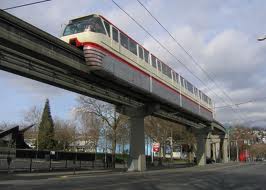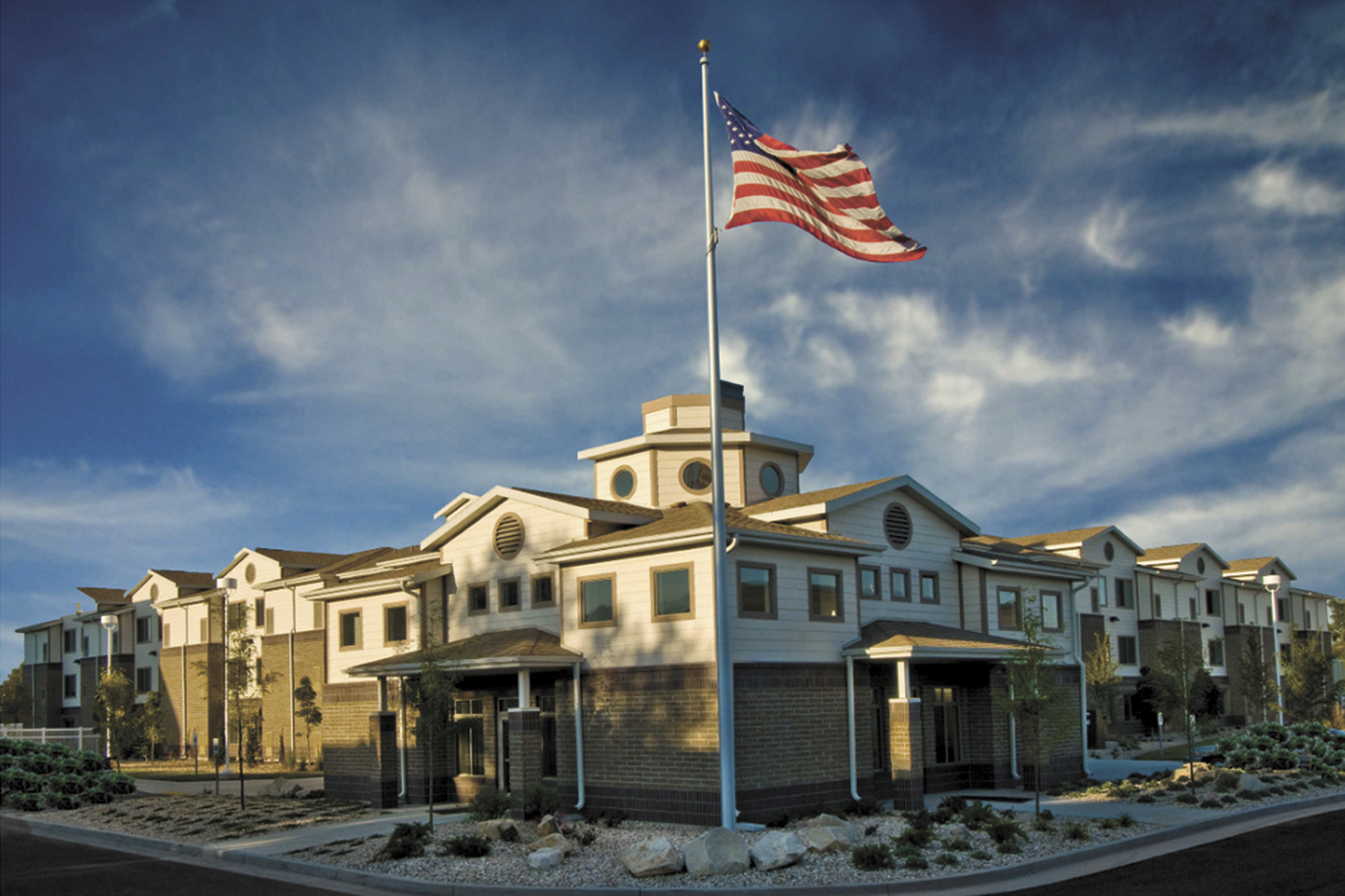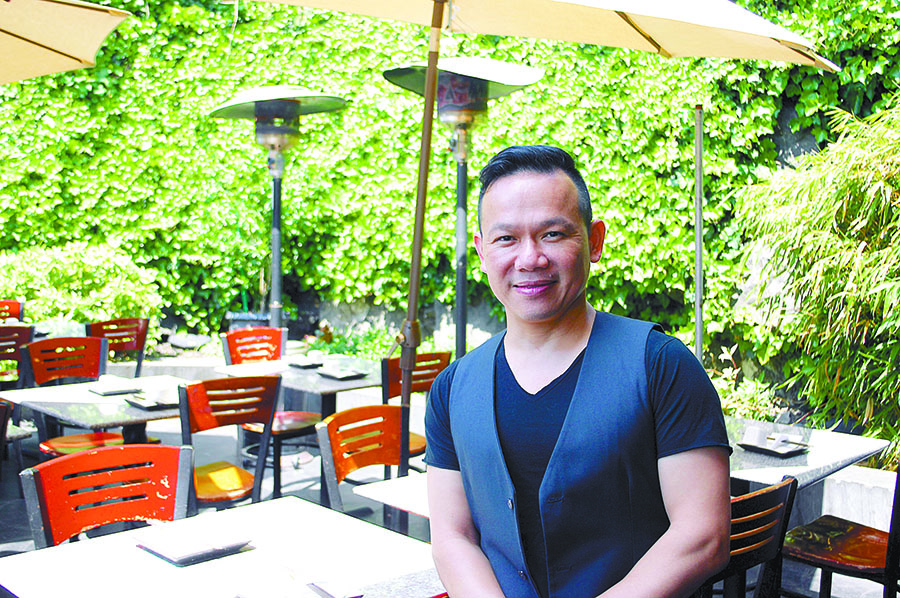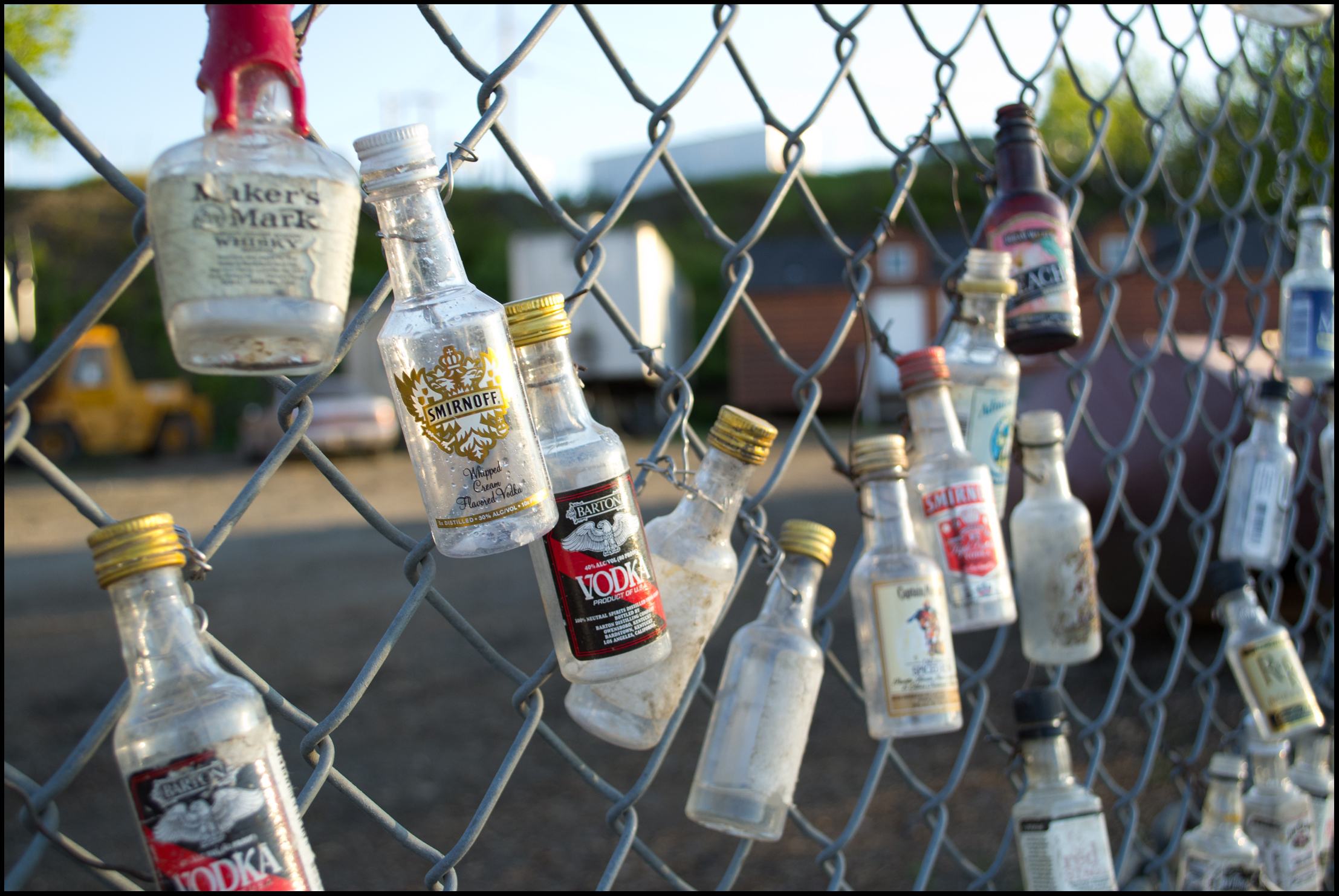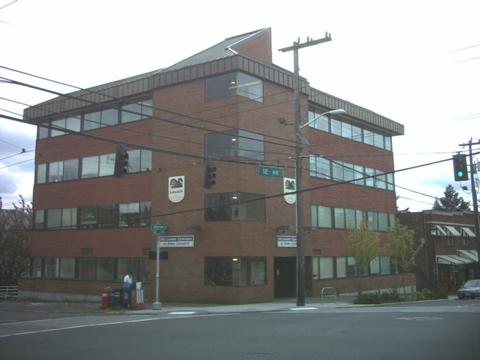For the first time in 20 years the job is wide open: Seattle Monorail operator, someone to maintain, market and manage the 51-year-old train to nowhere. Proposals are due Jan. 9, 2014. Starting date: Jan. 1, 2015. Now that’s something to make a resume standout.
What a quaint gig, like caring for an old eccentric uncle, but oh, would he have stories to tell: Yes, children, he’d begin, long ago everyone thought it was an aerodynamic dream come true, trains swishing above the city, a gently swaying community hurtling from point to point in a whisper of white nose.
Such a romantic fantasy it was in 1962, the year 8 million World’s Fair-goers (including Elvis Presley – and my very impressed parents, from Novato, Calif.) took that two-minute ride down .9 miles of track, then headed home to spread the word that they’d been to Jet City and had seen the future – and a mighty fine one it was.
Breakdowns and budget problems soon intervened. Then came a huge public relations disaster, the electrical fire on May 31, 2004 that trapped 150 riders and put the monorail out of service for six months while extensive repairs were made.
“That was a very bad day,” recalls Thom Ditty, general manager of Seattle Monorail Services, the private contractor that has run the Seattle icon since 1994 and splits profits 50-50 with the city.
(Last year, the “blue train” and “red train, each of which average 144 miles a day, 52,000 miles a year, accounted for just over $1.4 million in revenues.)
In the early aughts, a part-time cabbie and tour-bus driver named Dick Falkenbury caught Seattle’s imagination with the notion of turning the monorail into a citywide transit network. In the end, though, even after the project was reduced from the initial 40- miles to a 14-mile starter system, criticism over cost – the final bill reached a jaw-dropping $11 billion, not the promised $1.3 billion – led the public to finally reject the project in a fifth and final vote in November 2005.
These days, with a crew of 28 workers, the monorail chugs on, still doing its modest little job of carrying 2.1 million passengers each year from Seattle Center to Westlake and back. “There aren’t many 51-year-old buses out there,” says Ditty, who takes the monorail wheel himself about an hour or so each week to keep in practice.
According to the RFP, the monorail concessionaire will be responsible, not only for making the trains runs on time, but providing routine maintenance on the guideway, the electrical-supply system, the gate and signaling structures, and handling fare collection.
Still interested? If so, come on down to the Seattle Center Armory today at 1 p.m. for a free a tour of all the monorail equipment you’ll need to get familiar with.
“We’ll be first in line,” says Ditty, who fully expects Seattle Monorail Services to continue its role as the city’s long-time contractor. Ditty adds that the RFP process is proforma, that the city by law needs to open it up to a competitive bid. Ditty says he knows of no other rivals who may be planning to bid.
“Our job is the keep the monorail up and running for a good long time, and that’s what we hope to keep doing. ”
